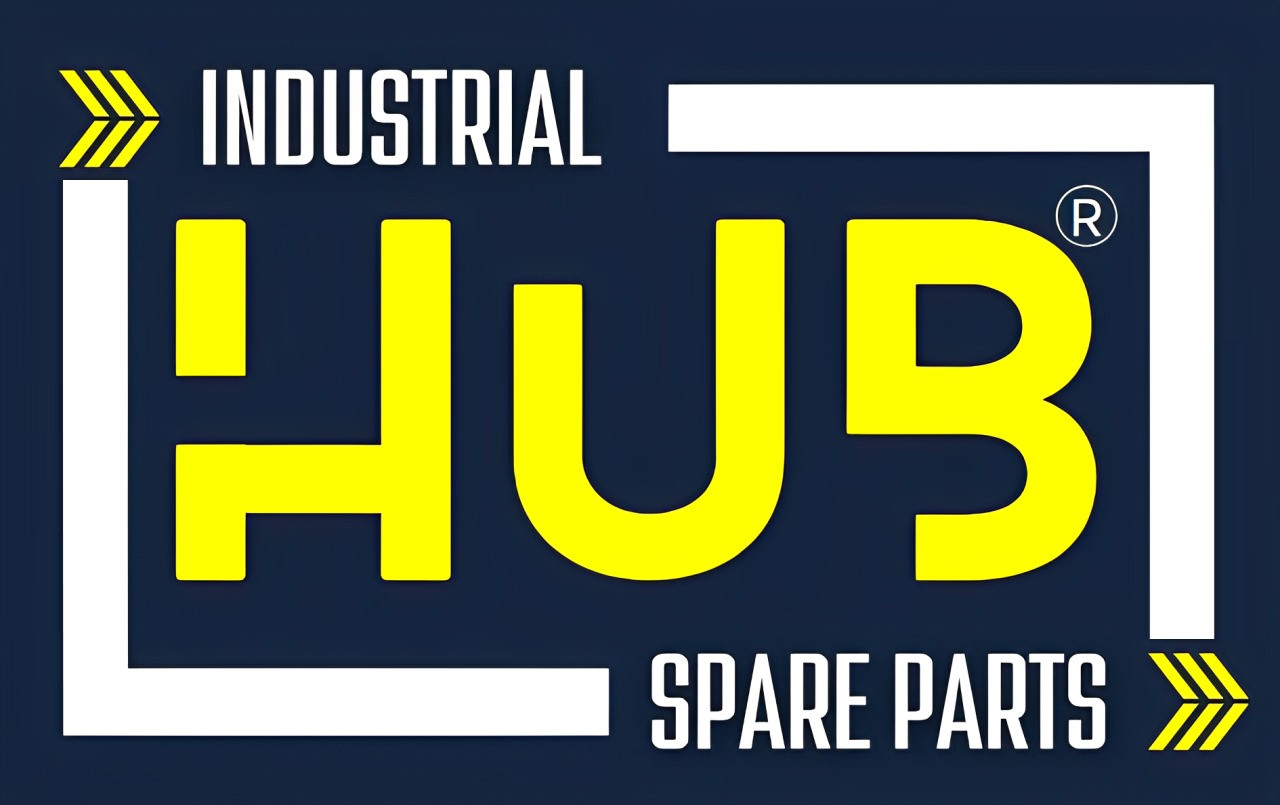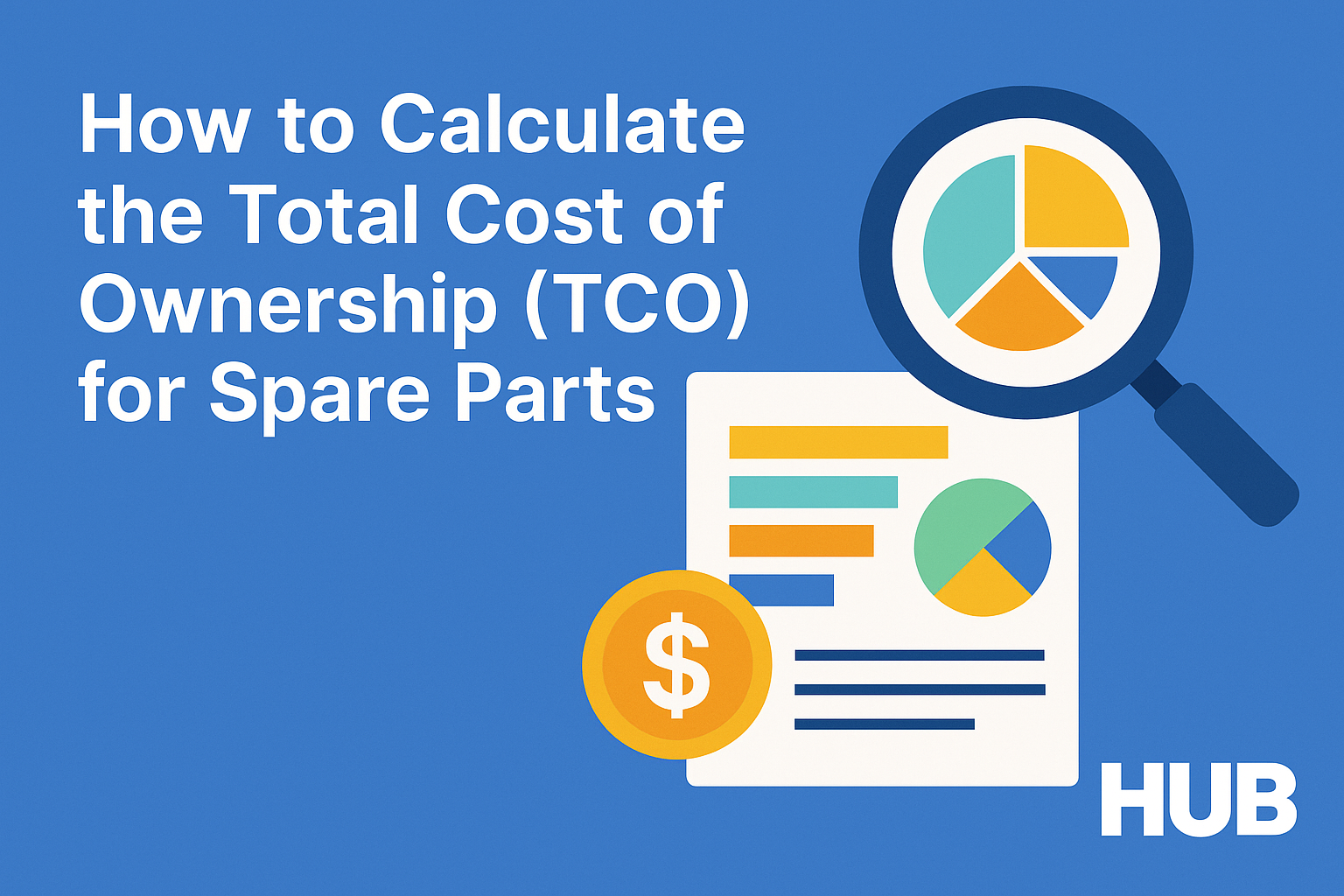No Item in Cart
How to Calculate the Total Cost of Ownership (TCO) for Spare Parts
Introduction
The price you pay for a spare part is only part of the story. To truly understand its financial impact, you need to calculate the Total Cost of Ownership (TCO) — a figure that includes not just purchase price but also storage, maintenance, obsolescence, and disposal costs.
In this post, we’ll break down how to calculate TCO for spare parts and show how HUB’s cost-tracking tools make it easy to keep your procurement budget on track.
💸 What Is TCO in Spare Parts Procurement?
- TCO captures all costs associated with a spare part throughout its lifecycle, helping you make smarter purchasing and stocking
decisions.
🧮 Key Components of TCO
1️⃣ Purchase Cost
- The upfront cost of acquiring the part.
2️⃣ Shipping & Handling
- Freight charges, customs, and special handling costs.
3️⃣ Storage Costs
- Warehousing, insurance, and environmental controls needed to keep the part in usable condition.
4️⃣ Maintenance & Installation
- Costs linked to installing, inspecting, and maintaining the part while it’s in service.
5️⃣ Obsolescence & Depreciation
- The risk of the part becoming outdated or unusable before it’s needed.
6️⃣ Disposal Costs
- Fees and labor for safely disposing of the part once it’s no longer needed.
🚀 How HUB Helps You Track and Optimize TCO
📊 1. TCO Breakdown Per Part
- HUB calculates and displays a full cost profile for each spare part, from acquisition to disposal.
🏷️ 2. Obsolescence & Expiry Alerts
- Get notified when parts are approaching the end of their useful life, helping you act before value is lost.
📈 3. Cost Trend Dashboards
- Visualize how storage, maintenance, and other hidden costs accumulate over time.
🔔 4. Supplier Performance & Warranty Tracking
- Monitor part performance and warranty claims to factor in long-term reliability.
💡 Pro Tip
- When evaluating new suppliers, compare not just price but full TCO to avoid hidden costs down the line.
✅ Conclusion
- TCO is the key to smarter procurement. HUB’s analytics and tracking tools help you see the full picture, ensuring you choose parts
that offer true value over their entire lifecycle.
🔗 Explore HUB’s TCO Tracking Tools: www.HUBspareparts.com
🔗 Book a Demo for Cost Management: Contact Us














